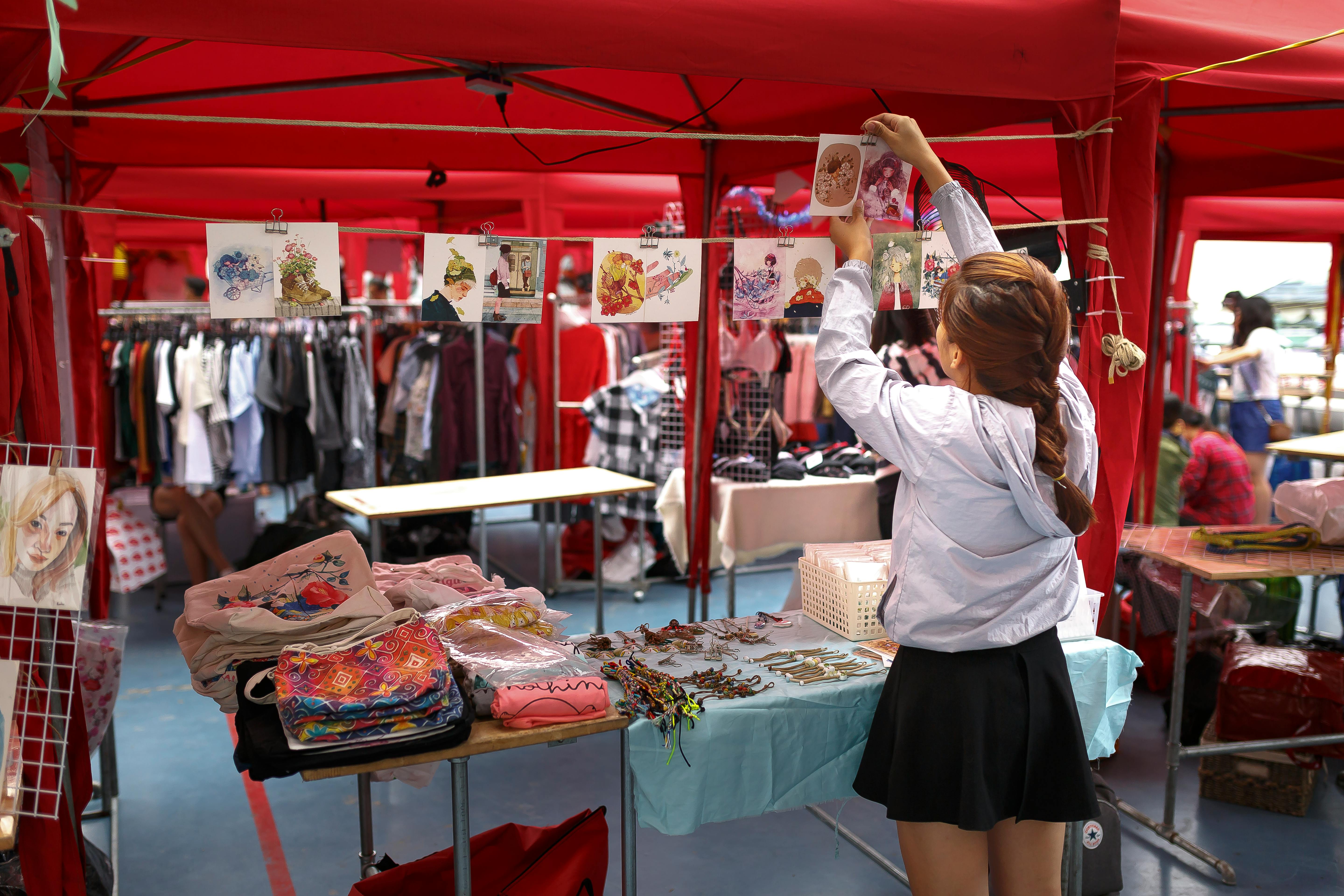
As I get to the end of my time writing for The Phoenix, I have realised that a large chunk of my work, especially within the Lifestyle section, has focused on the perils of consumerism and providing alternatives to our need to buy products that are advertised to us. In doing so, I have inadvertently failed to identify my privilege and point out that I have the opportunity to be an ethical consumer.
Writing about the unfair practices that make life difficult for Amazon workers, or the perils of the uniquely North American obsession with Black Friday, does not fully acknowledge that being a student--especially an international one--with limited resources reduces one's options when it comes to being an ethical consumer. When I write about why buying Amazon products from TikTok is unnecessary, for example, there are undertones of blame and guilt that I never intended, and did not realise the impact of. There is only so much consumers can do when you take into account price, sustainability, accessibility, trends, and a million other factors.
This conflict is perhaps most obvious amongst the ratings of affordable clothing brands as seen in Good On You, the app and website that uses empirical data to assign a sustainability score to beloved brands based on how good they are for the planet, people, and animals. It is clear that most brands with a better score have incredibly high prices, but more affordable options force you to compromise on the ethics of the process. And while we remain on the subject of clothing, requiring non-traditional clothing sizes makes buying even more difficult. A very limited number of brands tend to offer a wider range of sizes, and when they do, it is either more expensive, or in very limited availability.
Then comes the issue of accessibility. With in-person shopping being essentially non-existent in our current global situation, online shopping is not only the option, but also an activity that can bring comfort. In times of intense stress, caused by something like a global pandemic, we tend to turn to the instant gratification we can get from opening a never ending barrage of packages at our front doors. But this brings the guilt of either spending too much money, or killing the planet.
So to offset the carbon emissions caused by shipping, you might decide to go to a thrift store. But where? How will you get there? As a first year, I was excited by the idea of finally being able to go to a thrift store in a place where shopping second-hand is not stigmatised to the same extent as it is elsewhere. I was definitely sobered by the realisation of how car-centric a city like Kelowna is. Getting to the nearest Value Village on the number 8 bus when I lived on campus was clearly an adventure, especially with how unreliable public transit can be, or on days with bad weather. It feels like you can never win.
When you need something urgently, the convenient shipping times of Amazon are unbeatable and make it even more tempting to buy things you definitely do not need, but would make your life a little brighter. Things make us happy. They just do. As Maya Singer puts it in her article about ethical consumerism, “The measure of our souls isn’t to be taken in what we buy, but what we do.”
So, if you are having a bad week and want to get yourself a random kitchen gadget or a book really quickly, I have no authority to tell you not to get that for yourself. All I suggest is that if it is around 2 am on a Friday night and you are scrolling through the "Today's Deals" section of Amazon with unlimited access to a debit card, maybe give yourself a day to really think about it before buying a wireless karaoke microphone or a gallon water bottle on impulse.
Ultimately, as a society, we are still trying to understand what an ethical consumer is. Nobody can be the perfect consumer. Brands are constantly lying to us, and when they are not, they are partially clouding the reality of the process behind the creation of their products. All we can do is try our best.




